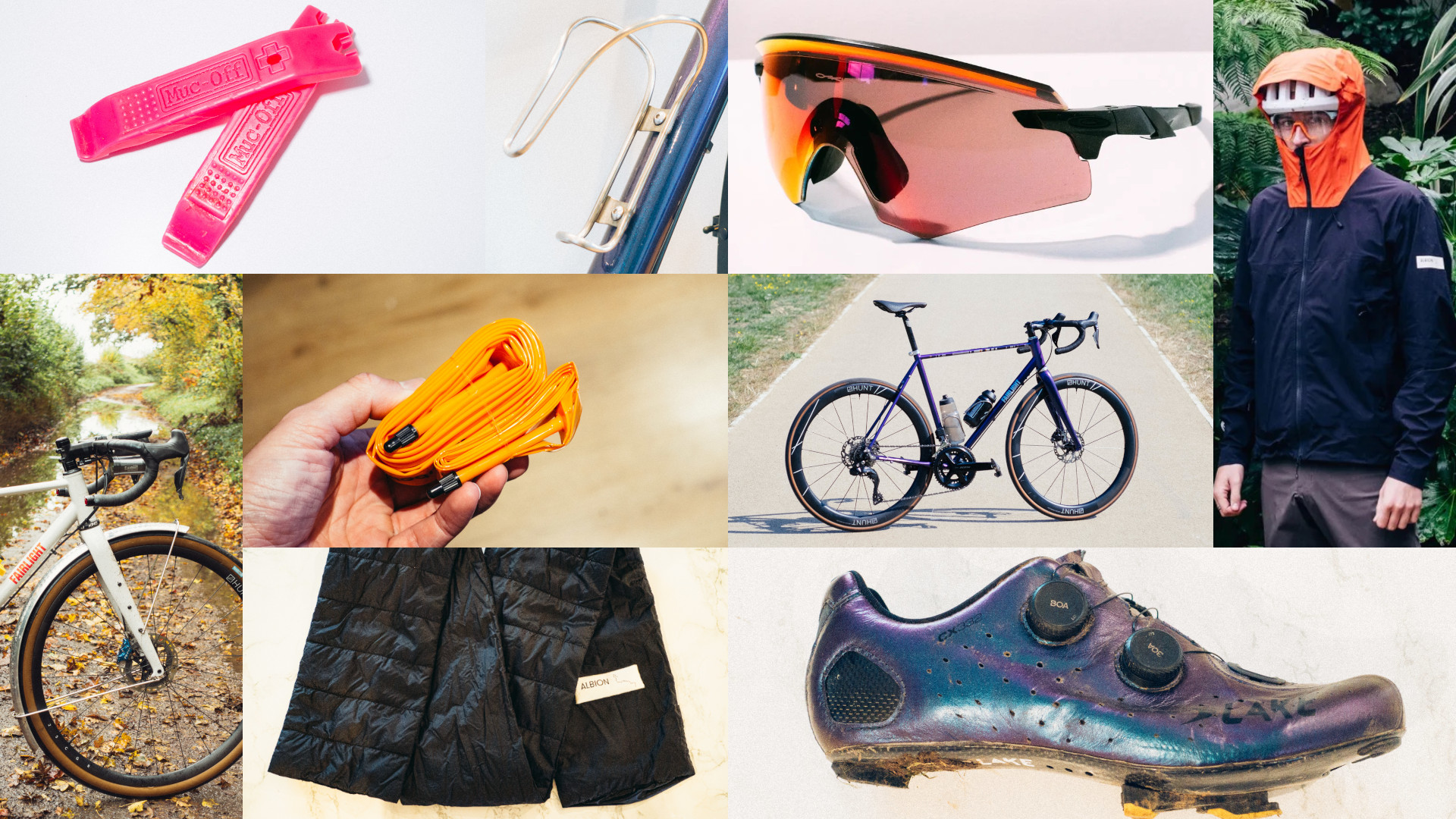
As 2023 draws to a close it’s time to sift through the piles of kit, bikes, and components to see what I think are my favourites. Looking back at my Gear of the Year 2022 it’s clear I have somewhat cast off my retro grouch tendencies. There are no rim brake pads, no boutique friction shifters, no leather saddles… I do still stand by everything in last year's list, however.
As per last year though I’ve deliberately tried to not overthink things, which if you’ve met me is a little like… well I’ve been trying for fifteen minutes to think of a metaphor that’s just right, so you get the idea. There's a healthy mix of hardware, soft goods, and a couple of things that are bike-adjacent. All of them have risen to form a creamy layer at the top of their respective fields, which I’ve skimmed off for you and amalgamated into a neat 500ml tub of the bike industry equivalent of that extra thick double cream that only really appears on the shelves at Christmas. I know it’s November, but I’ve already had at least 8 mince pies, and I’m digressing heavily... This metaphor is beginning to break down, so I’m just going to get on with it.
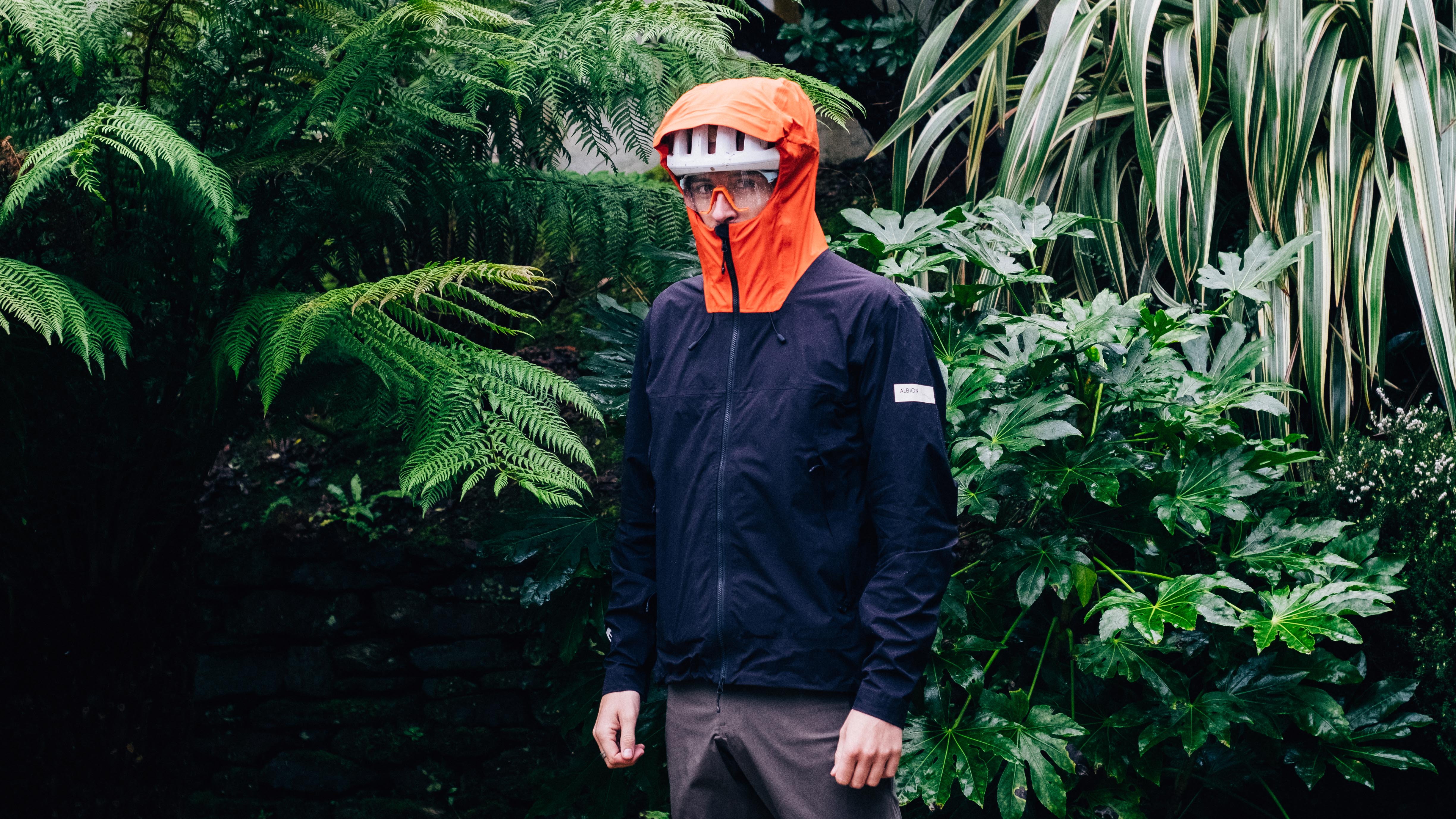
Albion Zoa Rain Shell
Shortly after writing my GOTY last year, I embarked on a long and regularly very soggy group test of the best waterproof cycling jackets. I spent hours on exposed clifftop gravel tracks getting battered by Atlantic storms; I killed one of my bike lights within an hour once, so wet was it. Naturally in the summer, soggy as it was, testing took a back seat, but in recent months it has picked up again apace as I am keen to keep it as a constantly evolving list of the best options, rather than a snapshot in time.
With all the options on the market at my disposal, I inevitably ended up reaching for the Albion Zoa Rain Shell. It’s wonderfully protective, it fits great, it’s breathable, and a couple of the things I didn’t like so much, primarily the odd double-ended pocket zips, have been changed for the updated version that’s just been released. I’ve had the new one too, and basically, it’s the same as the one I reviewed, but with a few incremental improvements and some new colours. Sadly the black with the orange hood is no more, so I’ll just have to look after mine.
Another reason I’ve really loved this jacket so much is that it is almost as good off the bike. If you’re also a hiker, or you’re commuting too and need something that works in the office, then it’s a genuine one-jacket solution. If it’s tipping it down and I need to walk to the shops I’m grabbing this with just as much urgency as if I’m heading out for a rainy ride.
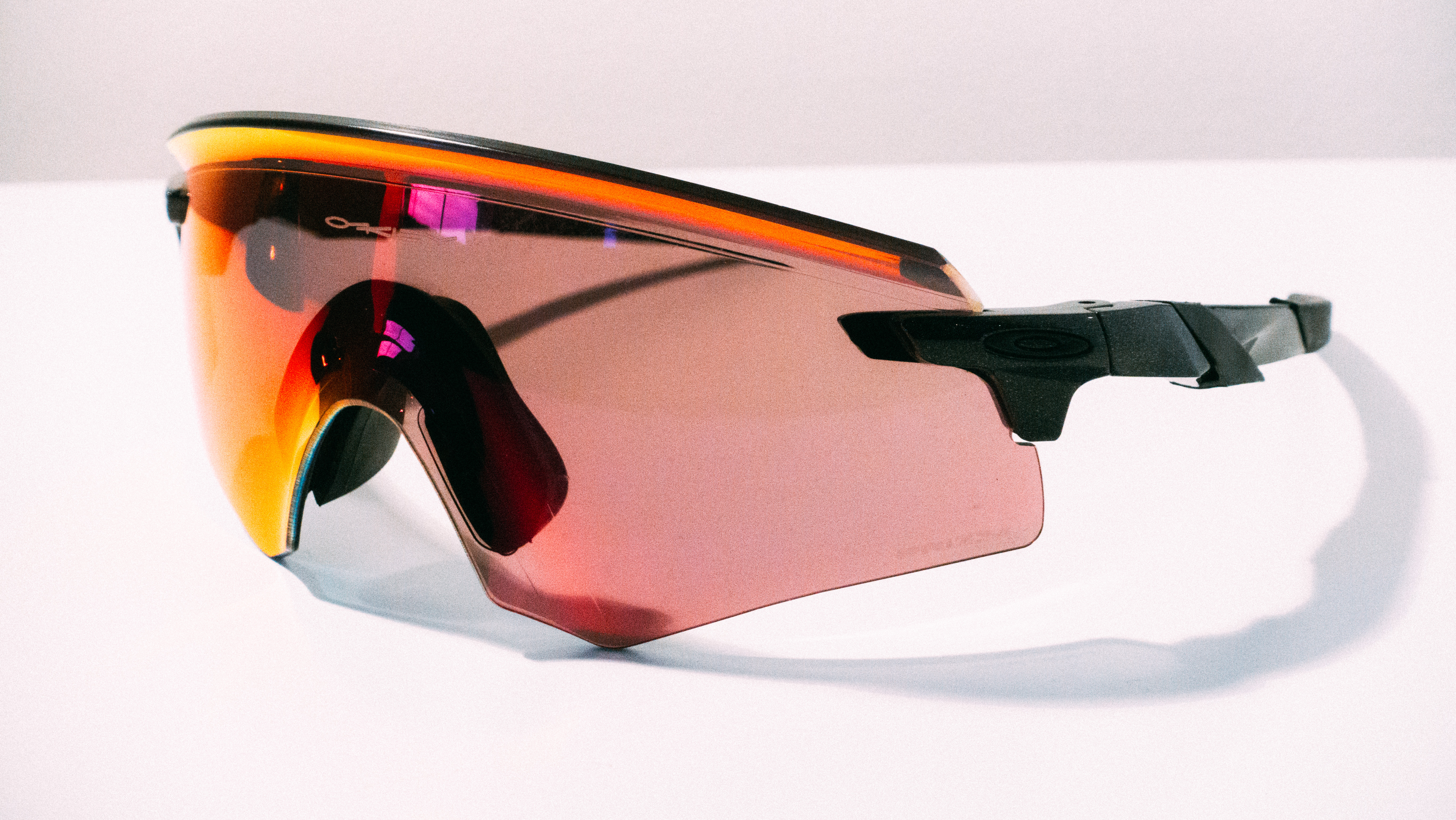
Oakley Encoders with Prizm Road lenses
Another group test that I have loved undertaking is the best cycling glasses. Sunglasses for me are the best accessory, and while the performance differential between a good and a bad pair of cycling glasses is certainly smaller than, say, a good and a bad pair of tyres in terms of the impact on the quality of one's bike ride, there were some clear winners. The acid test though is which pair I reach for when I’m not actively testing others. It’s not necessarily clear cut, because sometimes I want to rock up to a club ride like a total arse wearing a $400 set of titanium shades that have been anodised to match my bike, but for the most part, I grab the Oakley Encoders I have that are fitted with the incredible Prizm Road lens.
As I go into my review these aren’t necessarily the best in one particular area, but rather a jack of all trades that do almost everything very well. For a frameless pair of glasses they have by far the best retention, thanks primarily to the ridge on the upper brow; it stiffens them up and helps resist the lend bending outwards. They are comfortable, they fit well in helmets, and they stay on your face, but it’s the quality of the lens that’s the winner for me. I’ve used them on the brightest days and even in the city at night (though this was pushing it). The Prizm Road lenses are the best on the market, and in my opinion, this is the best way to wear them on your face.
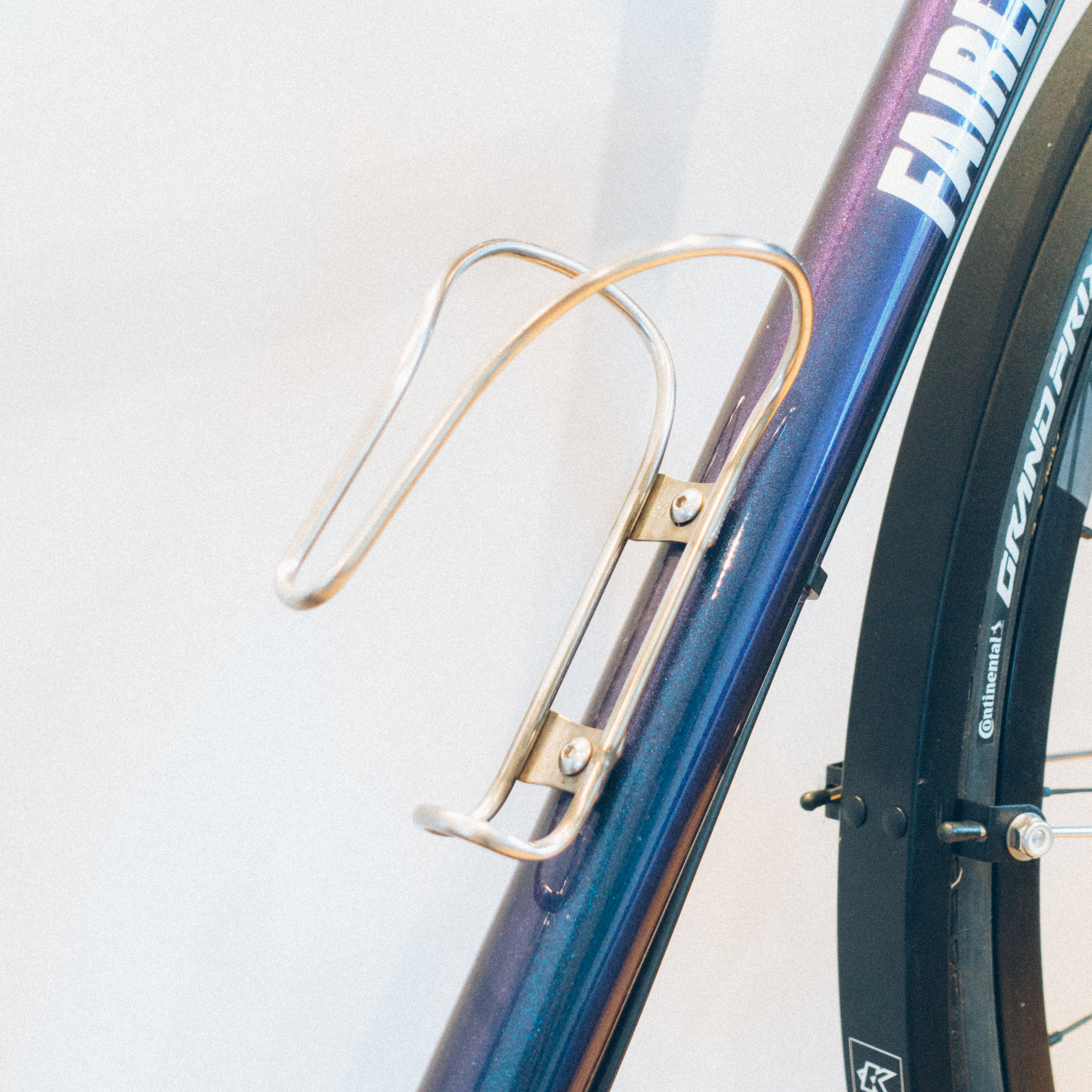
King Cage Iris bottle cages
Bottle cages, really? Yep, primarily because I think they’re beautiful. They do the job of holding your bottles as well as many others (actually they’re on the grippy end of the spectrum, as I found out when doing yet another group test to find the best bottle cages), but they’re in this list primarily for the way they look. I find most bottle cages to be angular, ugly beasts, and so when I see my bikes bedecked with the elegant curves you see here it makes me just that little bit happier.
There’s also a durability argument to be had, insofar as stainless steel is less likely to break than plastic or carbon, but I’d be lying if I said that was the reason. Maybe it’s somewhere on a subconscious level, but it’s beneath the fact that they're pretty.

Tubolito tubes, or any TPU tubes for that matter
For years I used to head out on rides with pockets stuffed to the rafters. I was pathological averse to putting things on the bike, as that wasn’t ‘pro’. Fortunately, now I’ve seen the error of my ways, but my ability to have a streamlined repair kit has been helped immensely thanks to the advent of TPU tubes.
Tubeless is great when it works, all qualms about setup aside. You still need to take a tube with you though, but do yourself a favour and invest in a couple of emergency TPU tubes. They take up so much less space it's a no-brainer, particularly if you’re running high-volume gravel tyres. Now, instead of having to repack my tool caddy for every ride with the right inner tube, it simply stays packed with a road and a gravel tube, a pump, a multi-tool, a tubeless repair kit, and some tyre levers. For super minimalist rides, I’ve also got a repair kit that includes a tube, multitool, levers, pump and a tubeless repair tool, all for less volume than one inner tube.
You’d never be able to do that with butyl tubes, and I’m unwilling to take the risk of ditching the spare tubes entirely. Yes, they’re expensive, though not so much as they used to be, but the mental space they’ve freed up is almost more than the physical space.
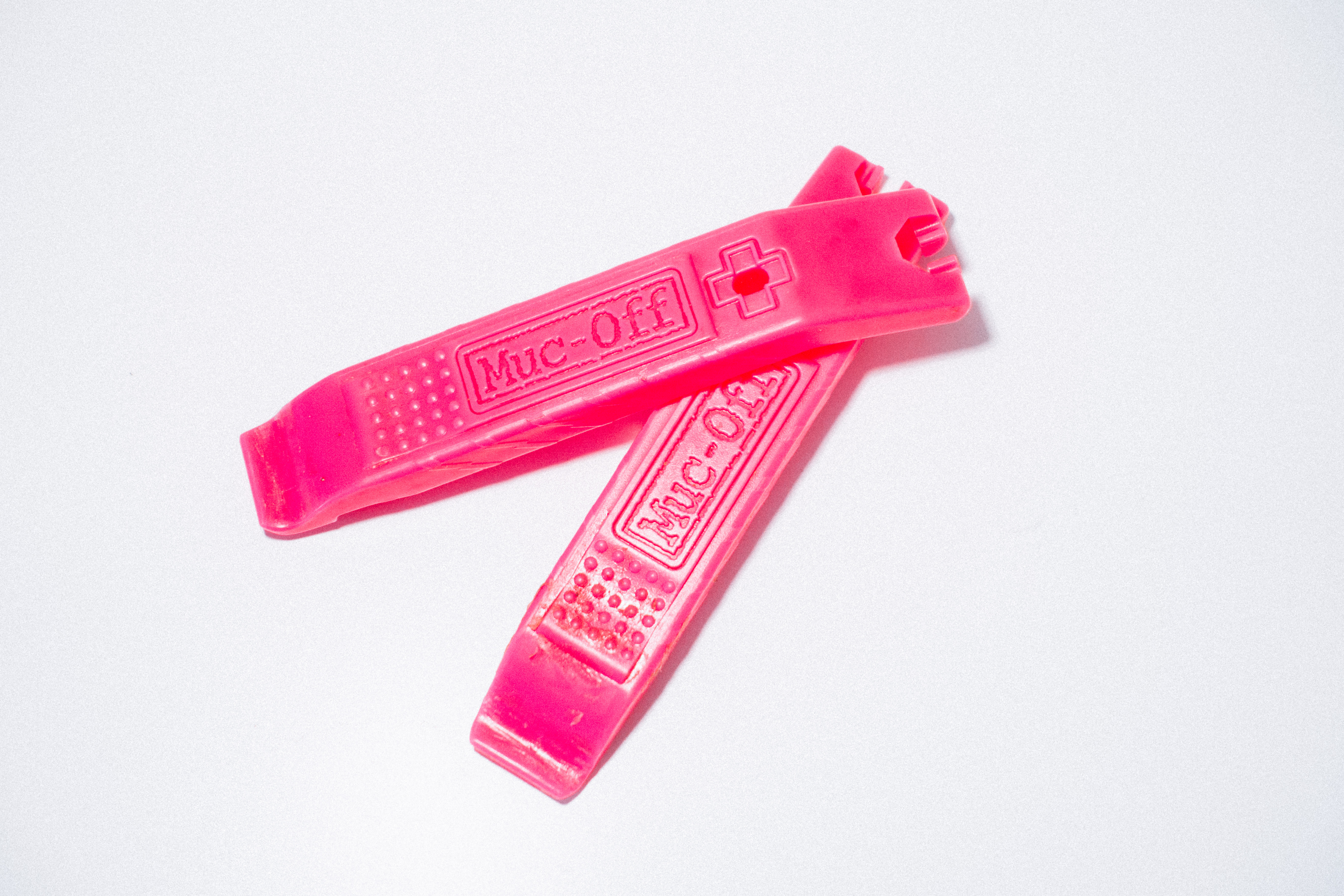
Muc-Off Rim Stix tyre levers
Tubeless is great, but setting it up is often a pain in the ass. I’ve done a lot of tyre swapping, and frankly, these tyre levers were so much better than anything else that they’re now the only pair I recommend buying. They’re cheap, they’re super strong, they’re long (for better leverage), they won't scratch your rims, and they have a valve core remover in them too.
“But what about Pedros?!” the comments section will wail and has done with fervour in the past… well if Pedros work for you then crack on. They’re the best of the rest for sure, but I’ve had at least three of them bend out of useability, and snapped a couple more, while the Rim Stix have kept on truckin’. Also, the rounded shape of Pedros ends doesn’t get under the tyre bead as well when it comes to taking the tyres off. In short, these are what I will be using exclusively from now on, unless I misplace them, which happens more than I’d like to admit.
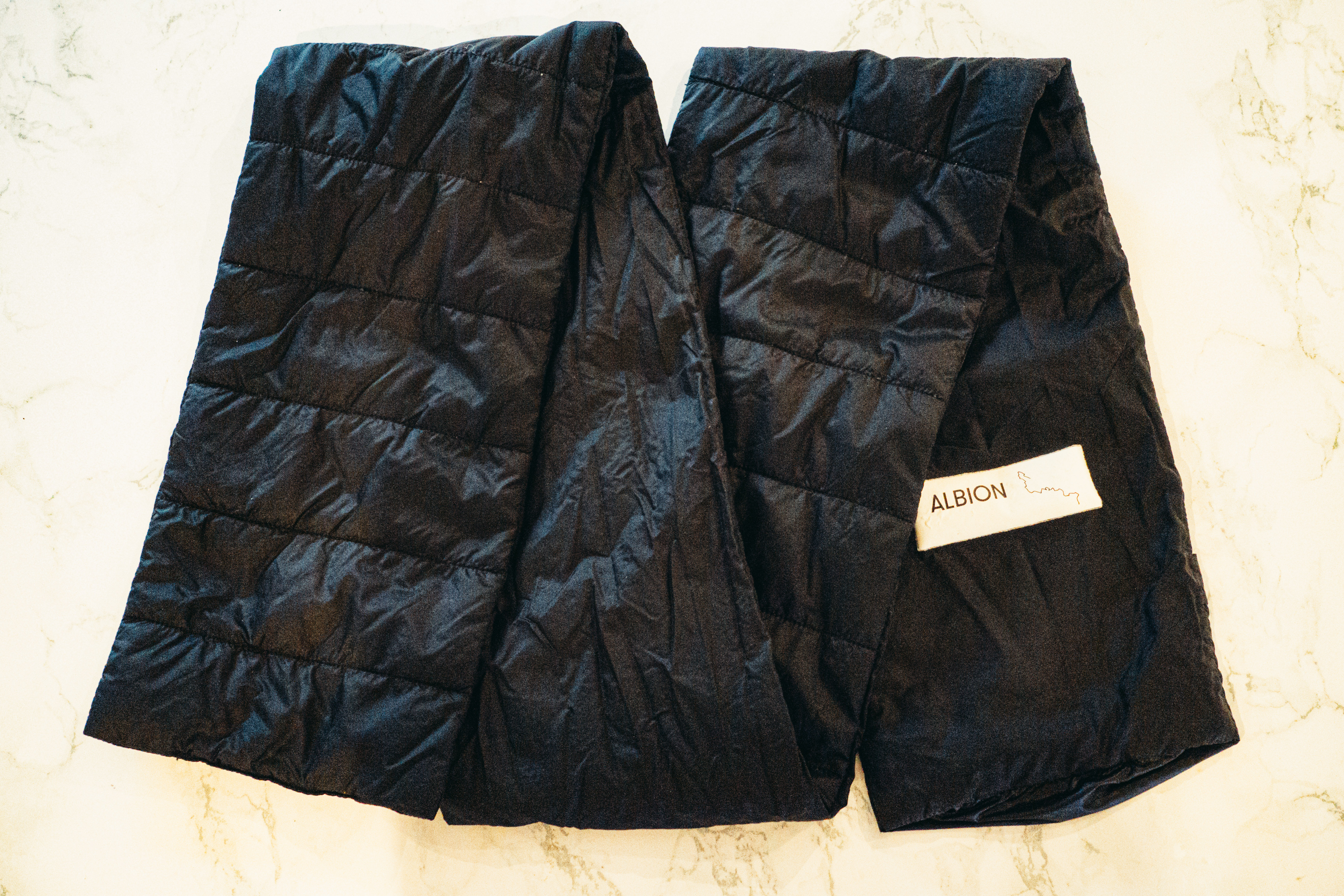
Albion Zoa Scarf
This one also takes the coveted “cycling product that my partner has called ridiculous the most”. I must admit that when I first heard about it I thought it was a gimmick. Why on earth would I want a superlight scarf? Gravel has simply gone too far and become a parody of itself… Anyway, I called one in out of curiosity and, blow me down with a feather, I love the thing.
Given that I don’t ride Zwift, primarily because I’ve overdone turbo training in the past in an effort to control my weight, I take staying warm very seriously. Keeping your neck covered is one of those things that’s far more effective at warming your whole body than you might think, a bit like wearing a hat. Your brain needs a tonne of blood flow, and all of this goes through your neck. Insulate this and you keep your blood warmer, which in turn keeps your body warmer.
You can use a standard neck warmer for sure, but this is way way more effective, if a little more cumbersome. Given it packs down so small, to the size of a very squishy orange, it’s prime to throw into a bar bag for winter riding for when the temperatures drop, or you stop moving. My only gripe is that as the outer fabric is smooth ripstop nylon it does unravel a little too easily for my liking. A few strategically placed poppers, which I’m minded to sew in myself given a free evening, would help dramatically, but otherwise, it’s become an invaluable bit of kit both on the bike and when I stubbornly refuse to put the heating on.
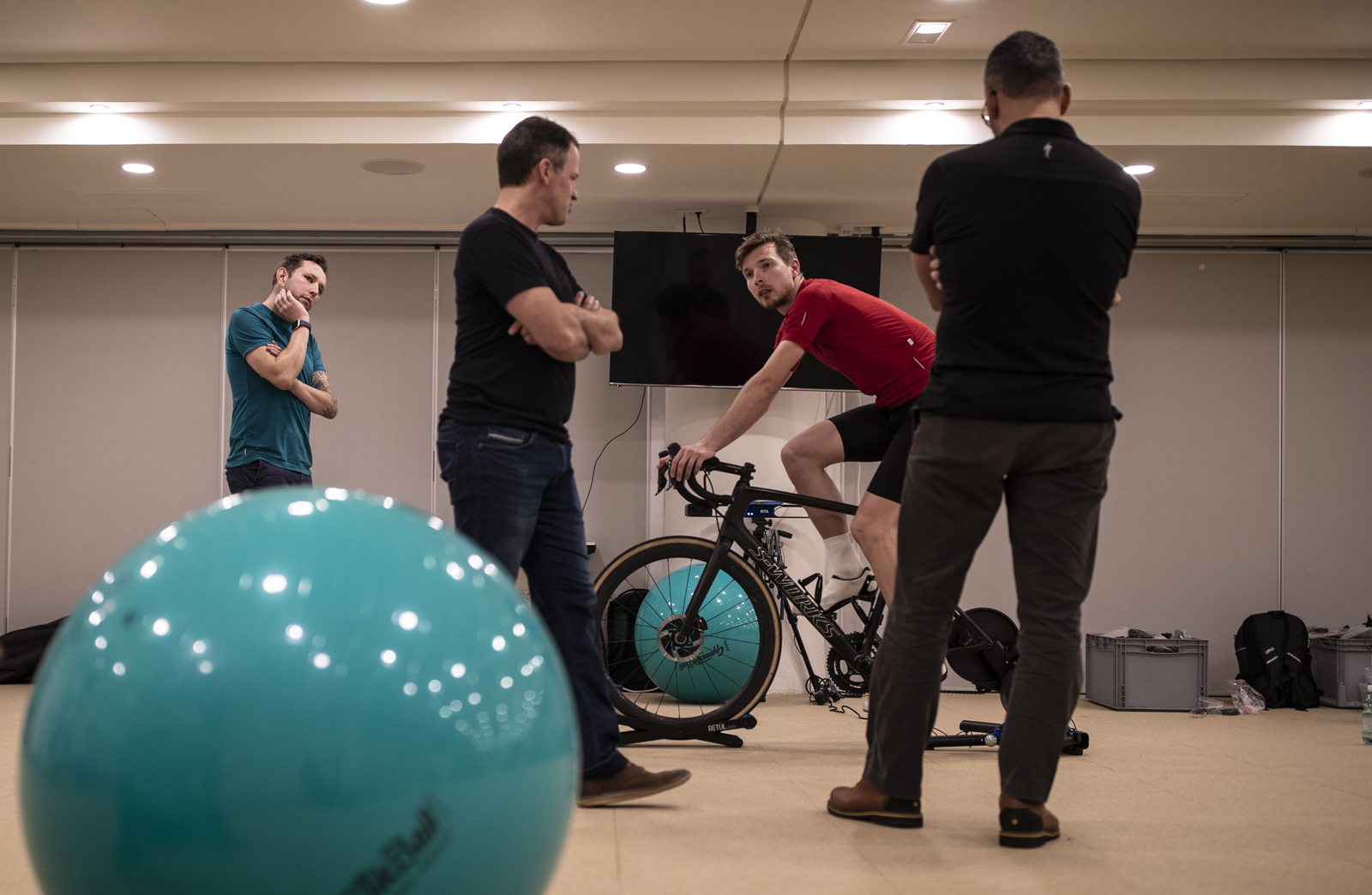
A bike fit
Working as a tech writer for a cycling website does lead one to assume that I know about how to set up my bikes. I’ve tested a load, and every time they come in I adjust the saddle height, and setback, and maybe tweak the hoods. I’ve always done this more or less on feel, and ignoring my fairly chequered injury history, it’s always been more or less fine. I wouldn’t say I was always totally comfy, but a lot of that I put down to bikes just not being that comfortable. As an aside, this is also the same mentality that led me to believe that bike saddles were meant to be absolute torture when I started out and that having totally numb genitals was simply par for the course.
Roll on spring of this year and I went to see Jon Wild at Pedalling Perfection for a bike fit and the difference it made was night and day. My saddle was something in the order of 2cm too high, compensated by me riding with my toes extremely pointed and the leather saddles I was using sagging to take up the slack. I also found myself far more comfortable on narrower 38cm bars, something that sadly rarely comes as stock on size 56 test bikes.
The biggest difference though was around my feet… I’ve always known I’ve got high arches, but the addition of insoles and a pair of shoes that actually allow my wide feet (honestly, I thought I had narrow feet) to spread out kept my knees tracking properly and made me feel a noticeable improvement in stability and power transfer. I cannot recommend getting a fit highly enough, particularly if you’re in the market for a new bike. It’s easier to make changes at the purchasing stage than try and retrofit a bike that’s the wrong size for your body.
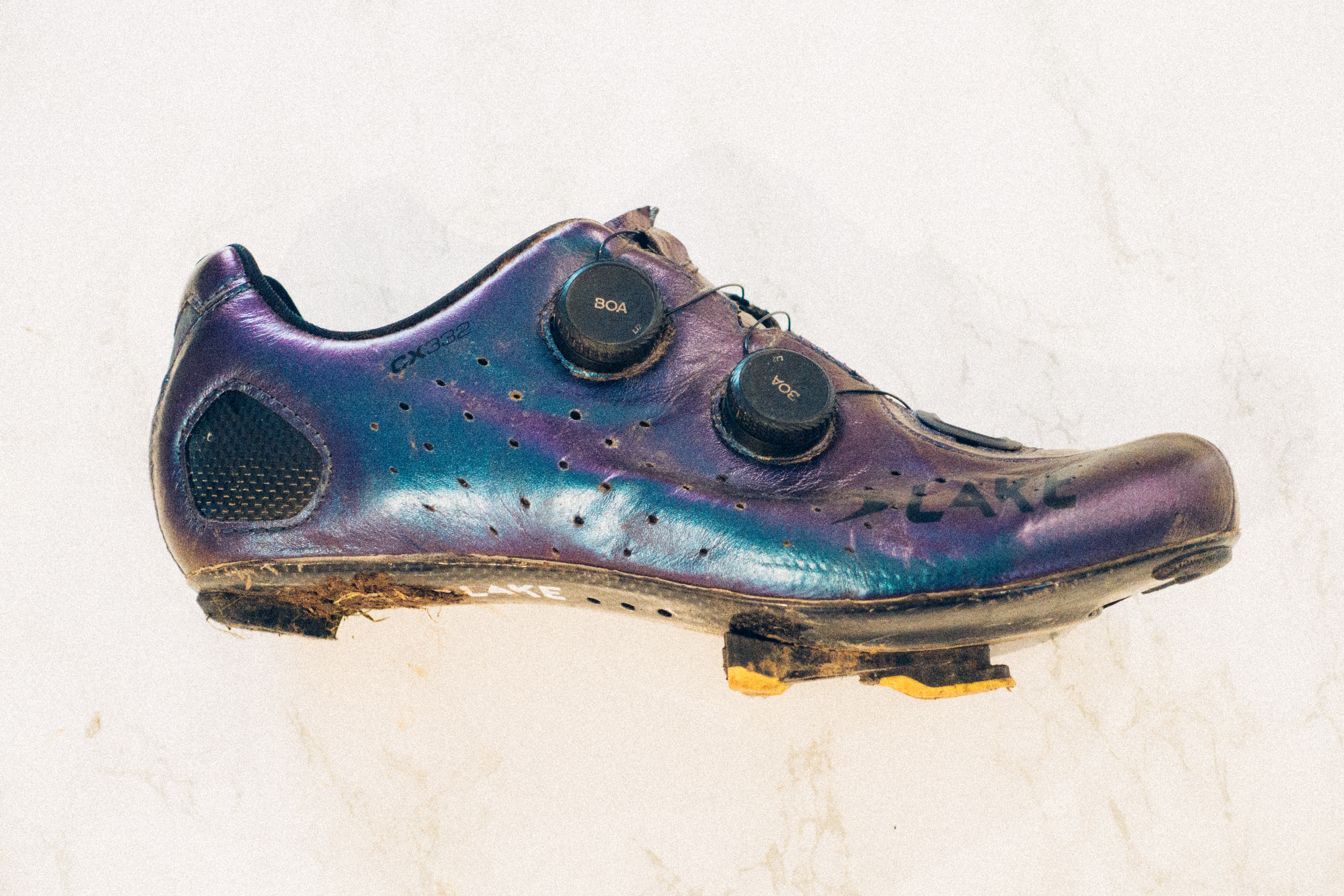
Lake CX332 shoes
This is something of a follow-on from the bike fit to be honest. For years I assumed I had, if not narrow, then ‘normal’ width feet. I found Italian shoes uncomfortable, but put that down to some other factor. I got on perfectly fine with Giro shoes, but then following the bike fit I got my feet into a set of Lakes. If you’re not aware, Lake is an Australian brand, and from what I can tell its shoes are a bike fitter's dream. Every model is wider than what you’d get from more mainstream brands but also comes in wide or extra-wide options.
Having a set that fit my feet, particularly with the addition of insoles and a couple of heel wedges, has been perhaps the biggest change to my on-bike comfort that I can remember. The 332 is being replaced with a new model, and I’m minded to buy a couple of pairs before they sell out. There’s a little weight penalty, and the leather outer is a little more prone to becoming waterlogged, but the comfort factor is worth it by orders of magnitude. I cannot really fathom using any other shoes now, the difference is so stark.
If you want to check for yourself an easy way to tell if your current shoes are too narrow is to whip the insoles out and stand on them. Your feet should be at the edges, but not over the edges.
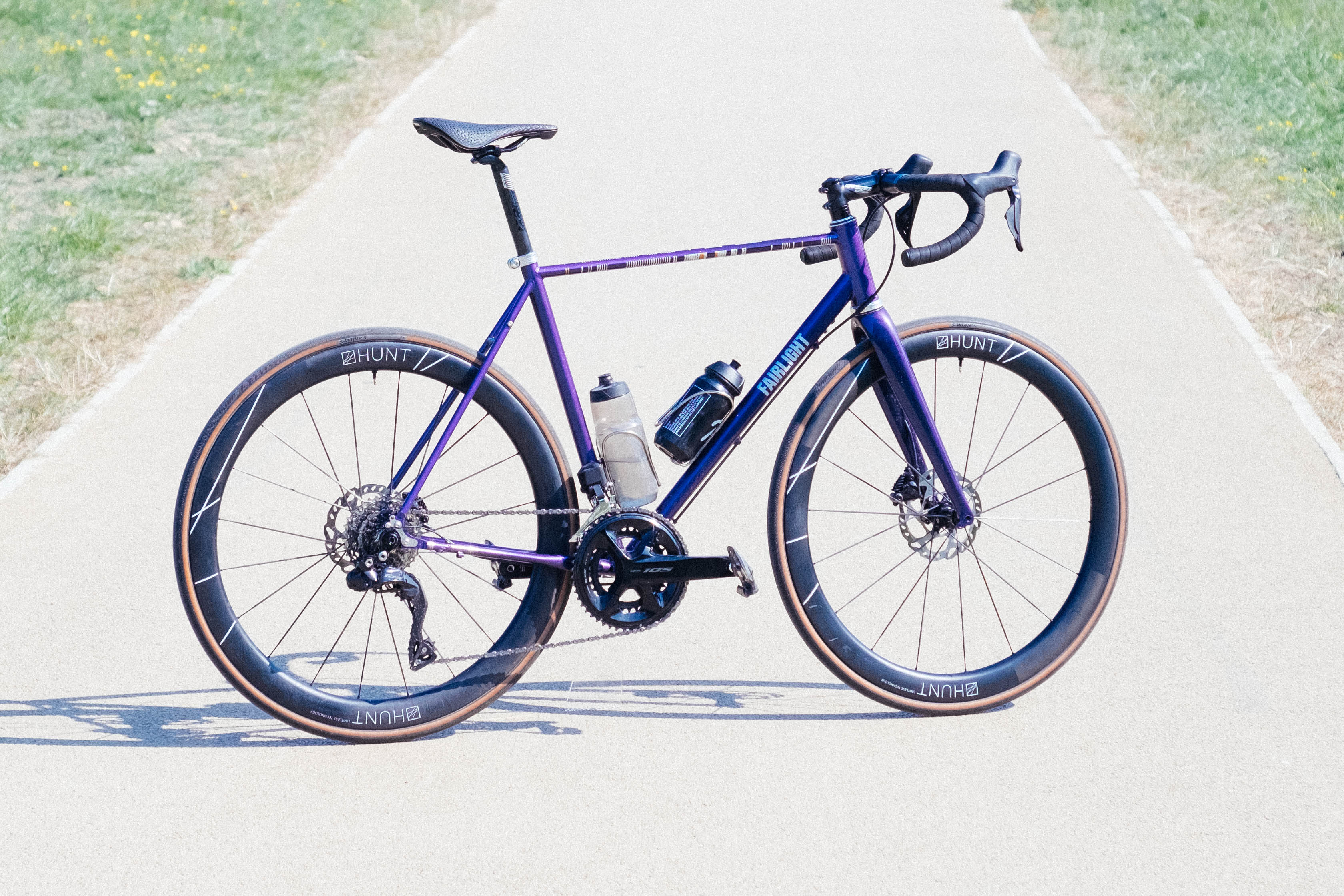
Fairlight Strael
2022 was a very gravelly year for me, or at least a year of mixed surfaces, thanks primarily to having the Fairlight Secan as a long-term test bike. So good was it that it ended up as the only bike in my 2022 GOTY. Roll on to 2023 and I have fallen back in love with road riding, in no small part due to just how brilliant the Fairlight Strael has been. It ticks all of the boxes for me. It’s beautiful for one thing, but beauty is skin deep as they say. Beyond the looks the geometry is absolutely spot on for a handling package that’s in this wonderful Goldilocks zone of responsive-but-never-scary. Couple this with sensible component choices, and very good tyres, and you’ve got a winning package. It’s also a joy to live with, with external hoses, a normal headset, a normal cockpit, and mounting points for mudguards.
With the Secan I’ve found a need to constantly evolve the setup to fit my tastes, slowly settling on what I like to think of as the bike’s ‘final form’. With the Strael I’ve found myself wanting to tweak things less, with my only real changes being the addition of full mudguards, and the use of posher wheels in the summer. Despite this, as someone who grew up dreaming of small upgrades to every bike I’ve ever owned, I value the fact that these upgrades are still possible, and haven’t been robbed by the bike industry's march towards proprietary everything.
I could go on for a while about the many reasons I love this bike, but the fact that it rekindles my love for road riding, something which had definitely waned last year, is enough for me.

Sony RX100 III
I love taking photos, and I also love editing photos. Premium galleries and more photojournalistic endeavours like I’ve undertaken at the Colnago Factory and at the Colnago Museum are by far and away the articles I enjoy producing the most, and until recently I’d been using an old Fuji XT10 body, usually mated with a vintage Nikon 50mm prime lens. It meant the system was more or less entirely manual, including the focus; not so ideal for shooting moving targets I must say.
Sadly this camera died, and I was left pondering its replacement for ages. I nearly splurged on a more up-to-date version of the same camera body but eventually settled on something totally different in terms of form and function. The Sony RX100 is, to my mind, perfect if you want to elevate your on-bike photography. I’m reticent to say it’s the best because I’m yet to test alternatives, but for what I bought it for it has been nearly faultless.
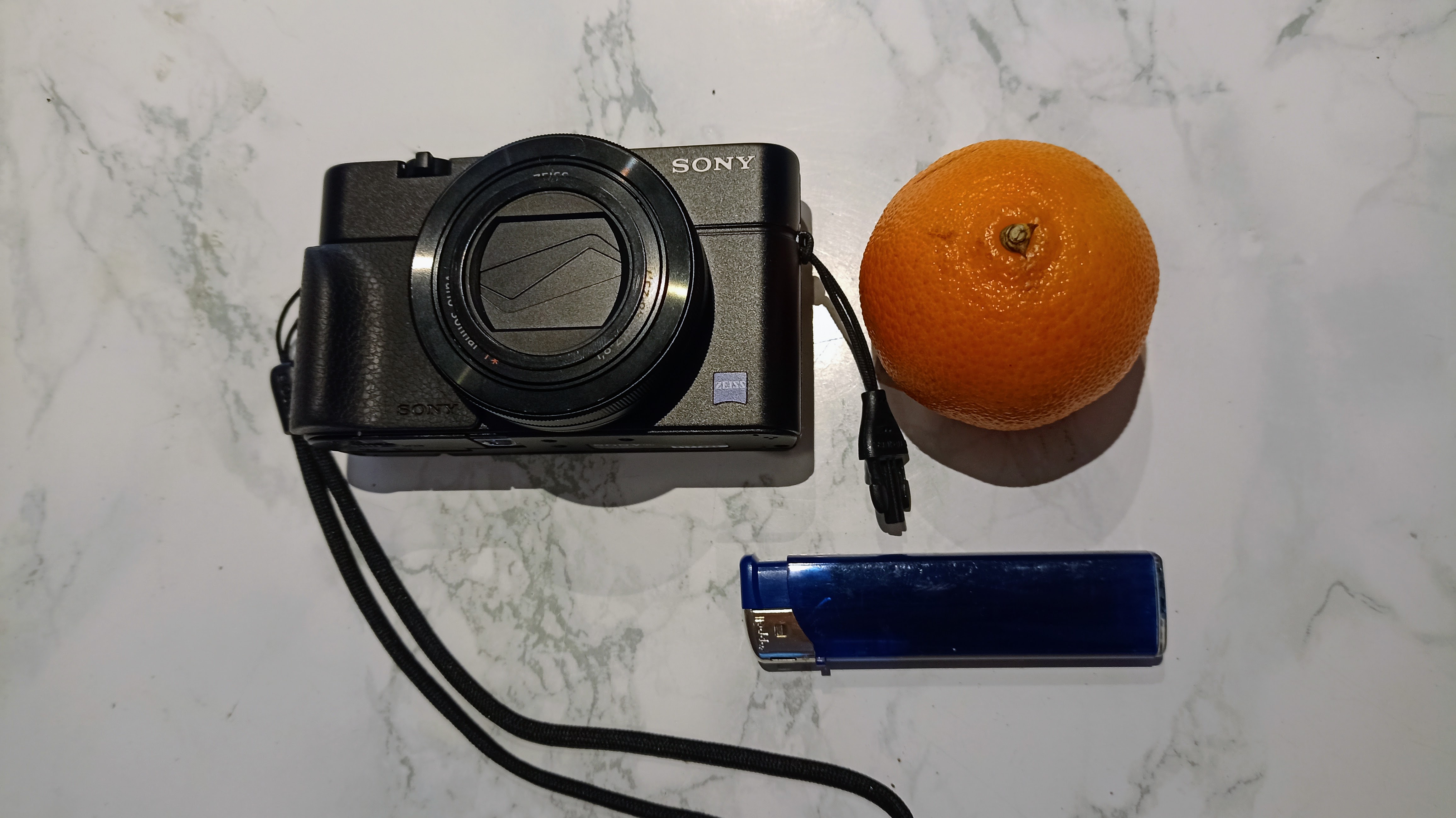
The main reasons I bought it were thus: It fits in a jersey pocket, it shoots in RAW, so I can properly edit the photos, and it has a built-in viewfinder. Phone cameras are excellent nowadays, but if you want to step it up and want a camera you can bring with you easily on every ride, all for under £500 (when I bought it, anyway), then this is where I’d start looking.
It’s been eye-opening to go back from a nearly totally manual setup to one where the camera is in control (though you can still control things manually should you wish, it’s just more of a faff). I’d like to think my gallery from Rouleur Live, its first professional outing, gives you some indication of what it can do. There are updated versions, I think it’s now up to VI, but they’re naturally more expensive, and as I couldn’t afford them I didn’t really dive into the spec sheets. If, however, you do want to go into the specs, our parent company also owns Digital Camera World, which has usefully covered and compared all the latest versions of the RX100.







